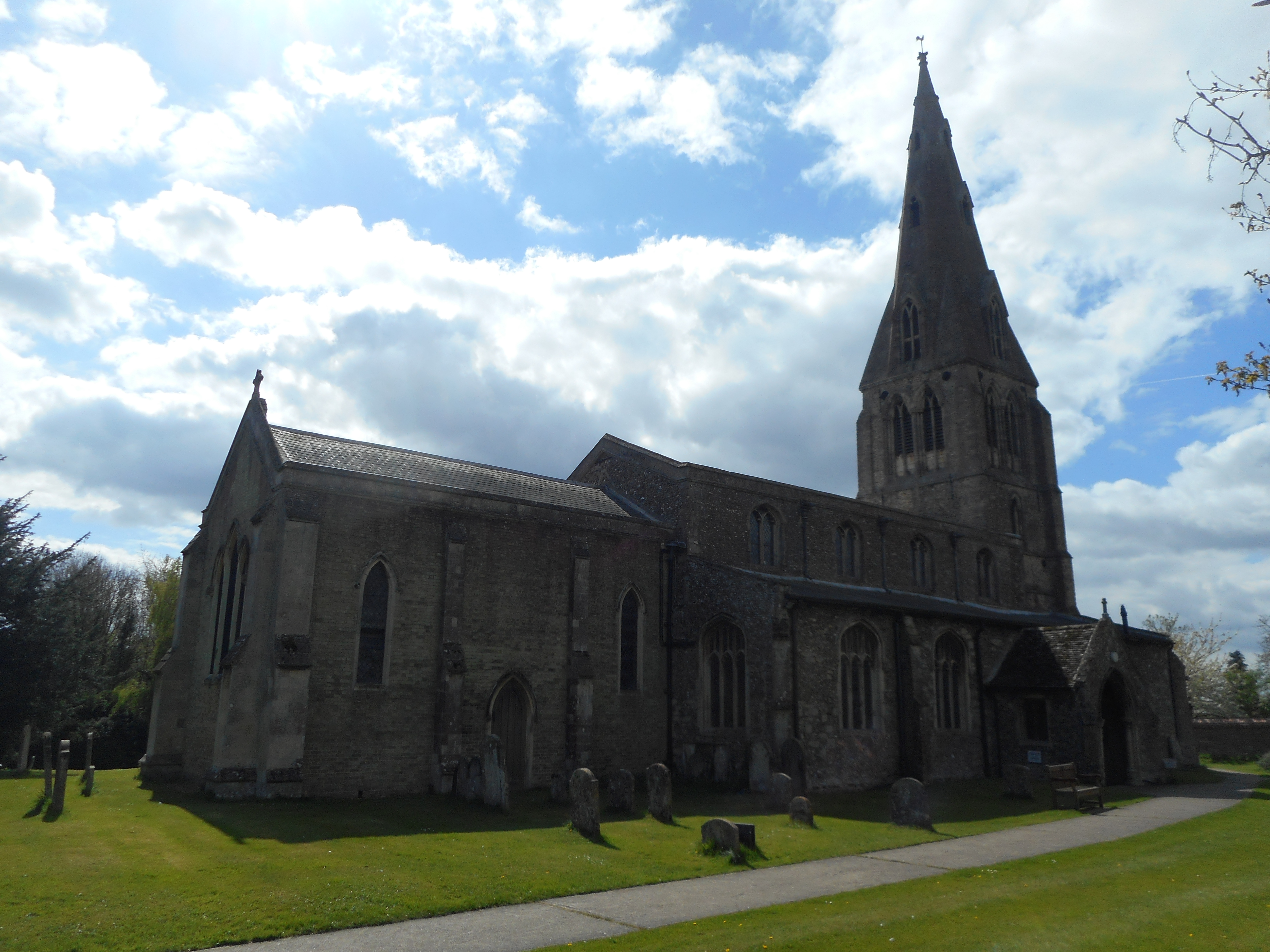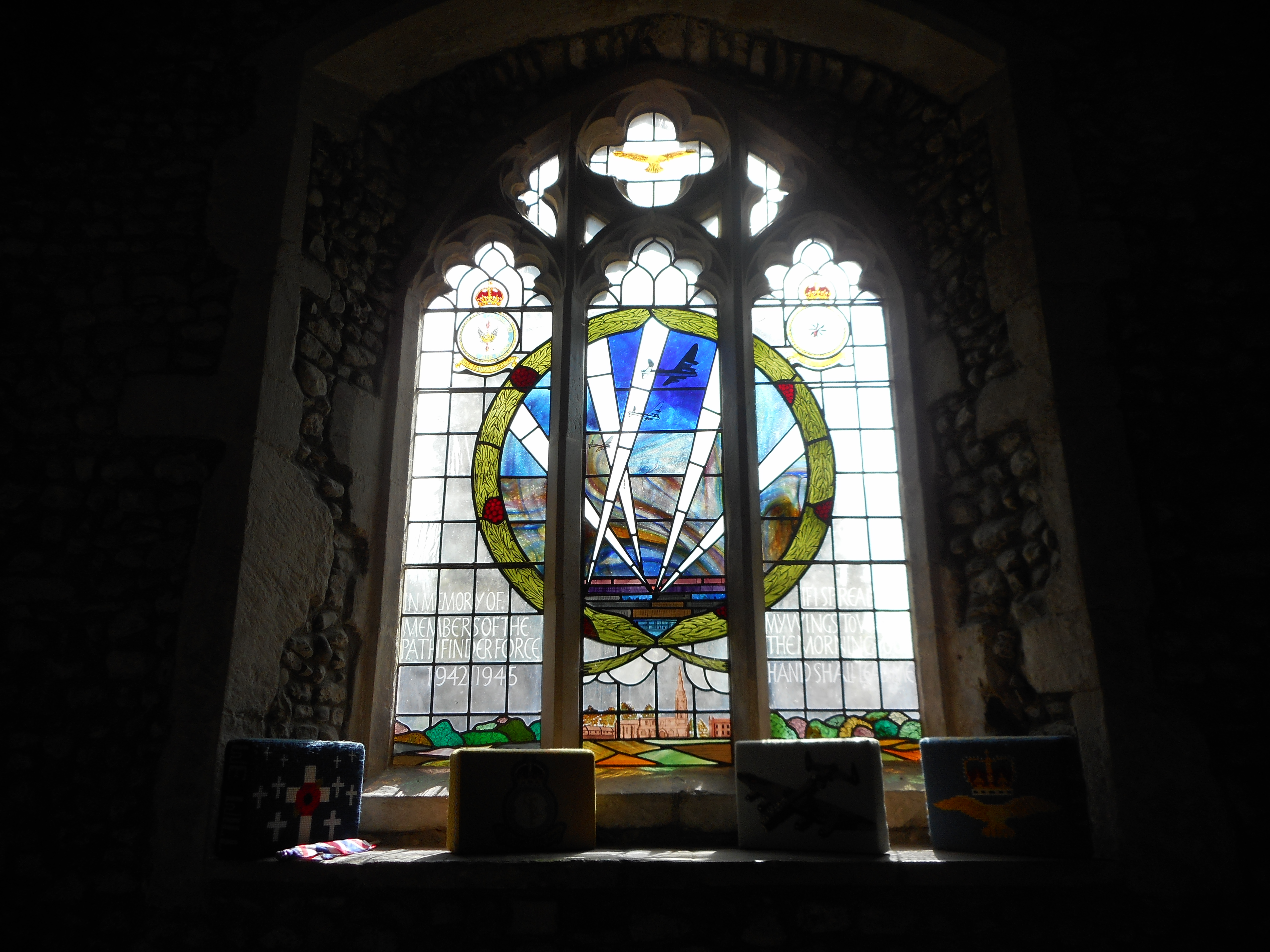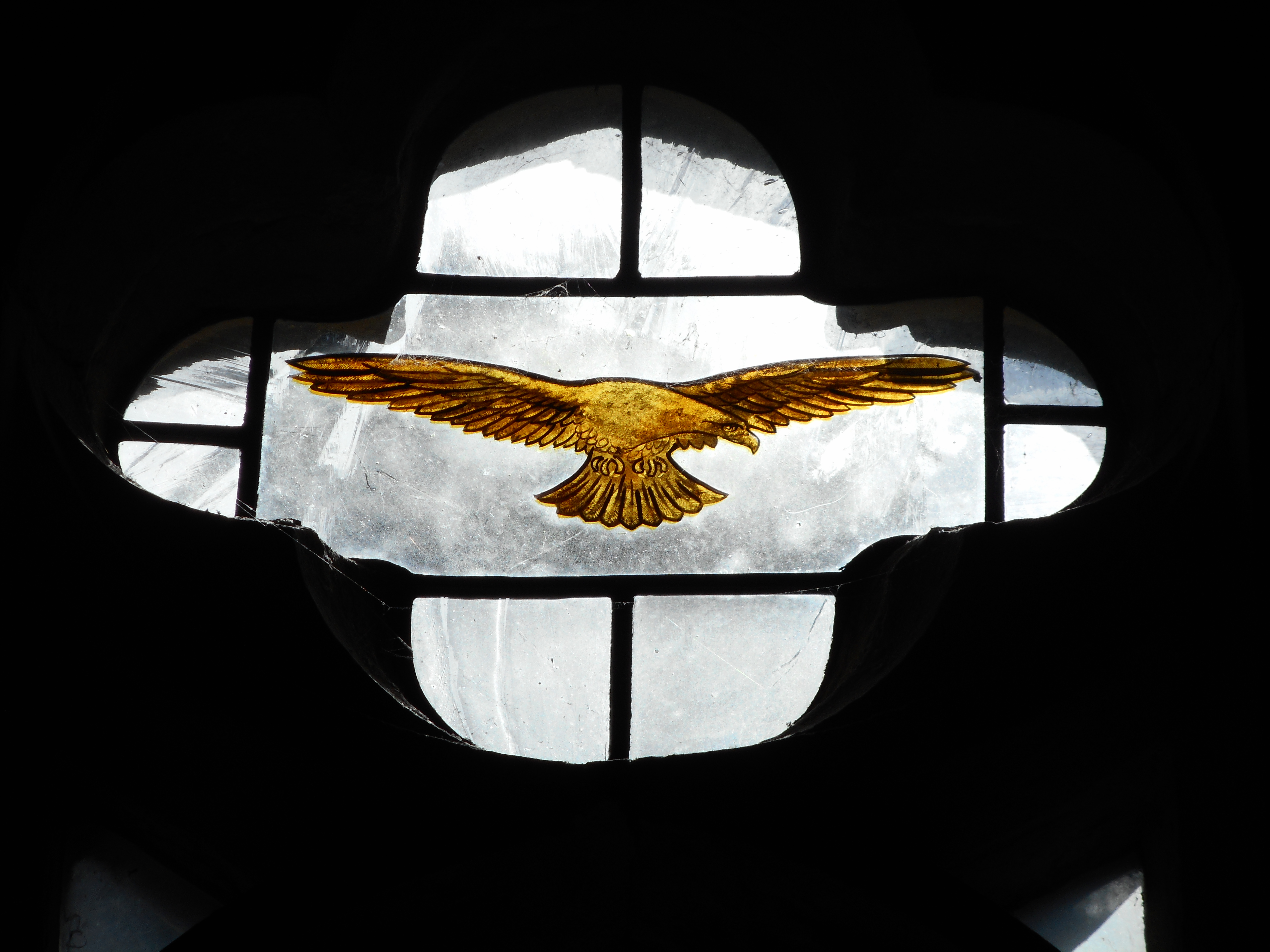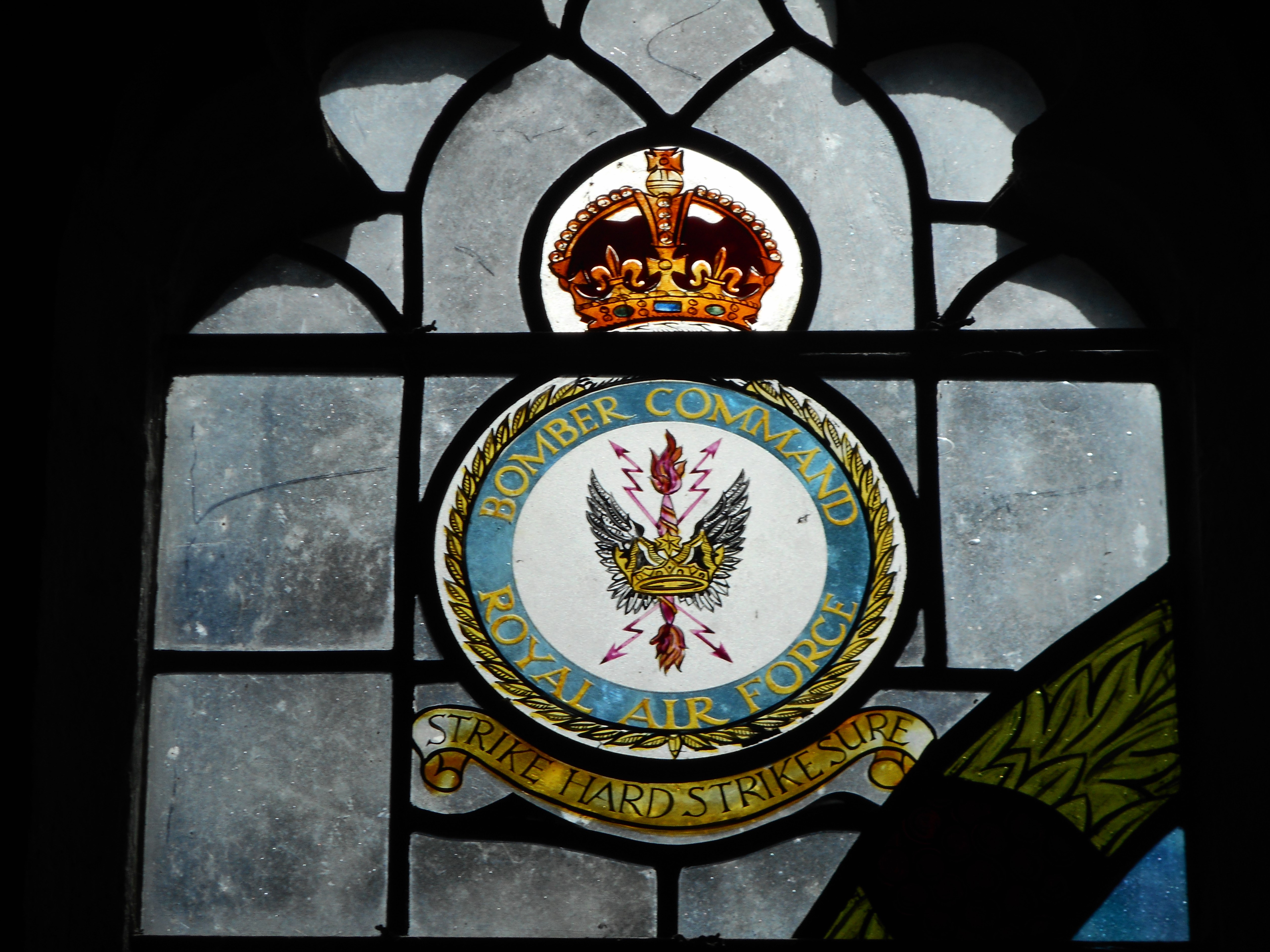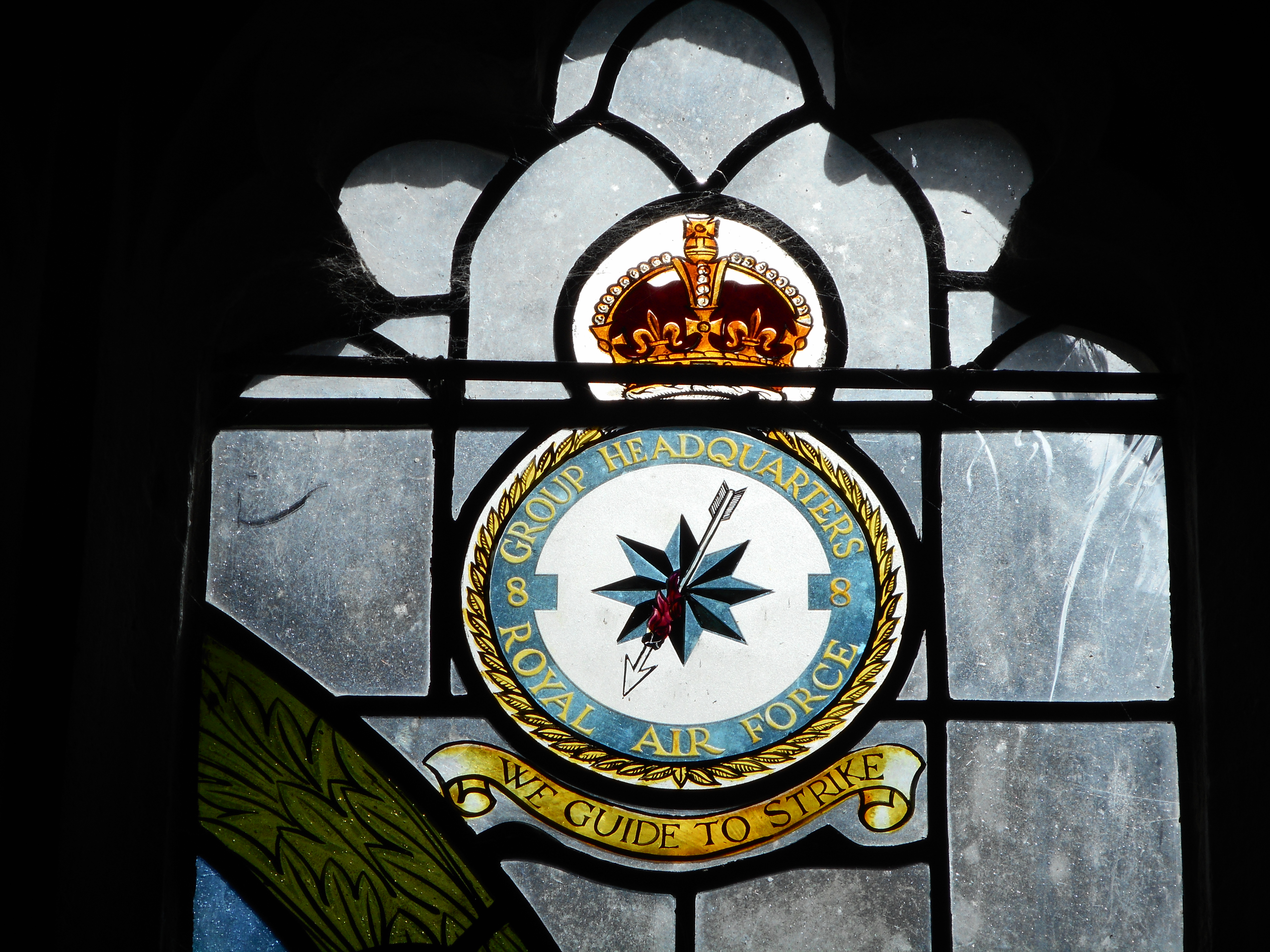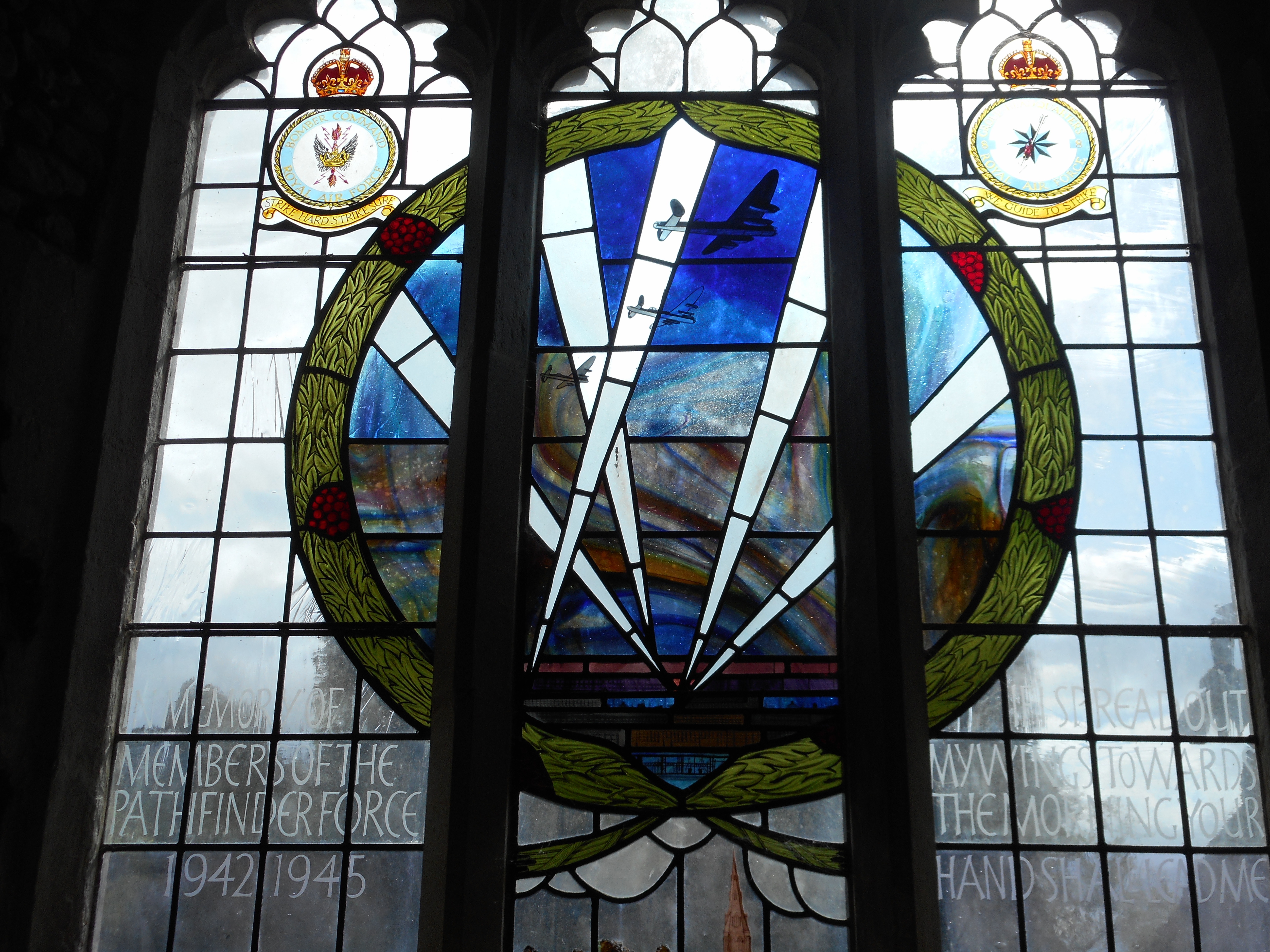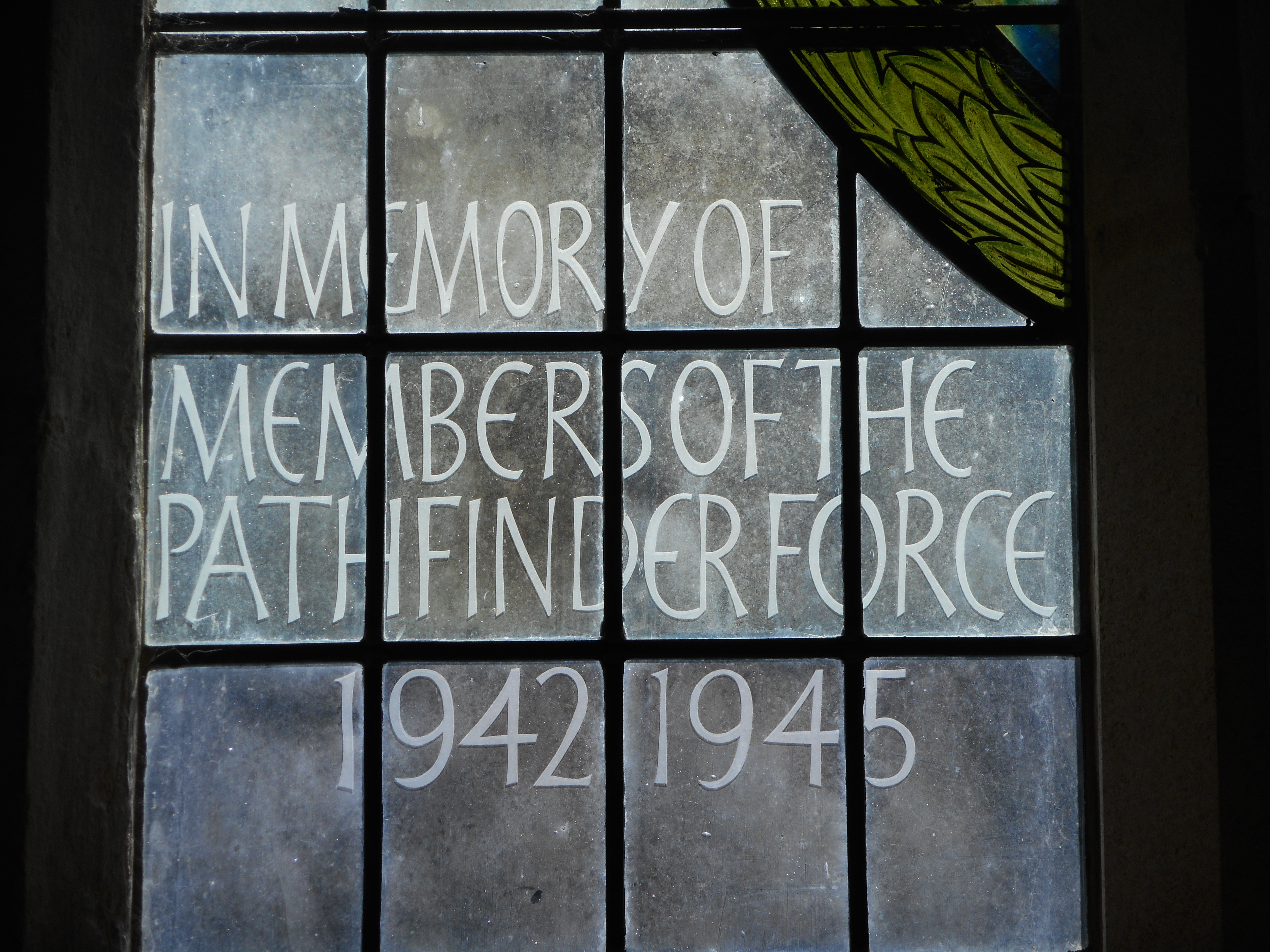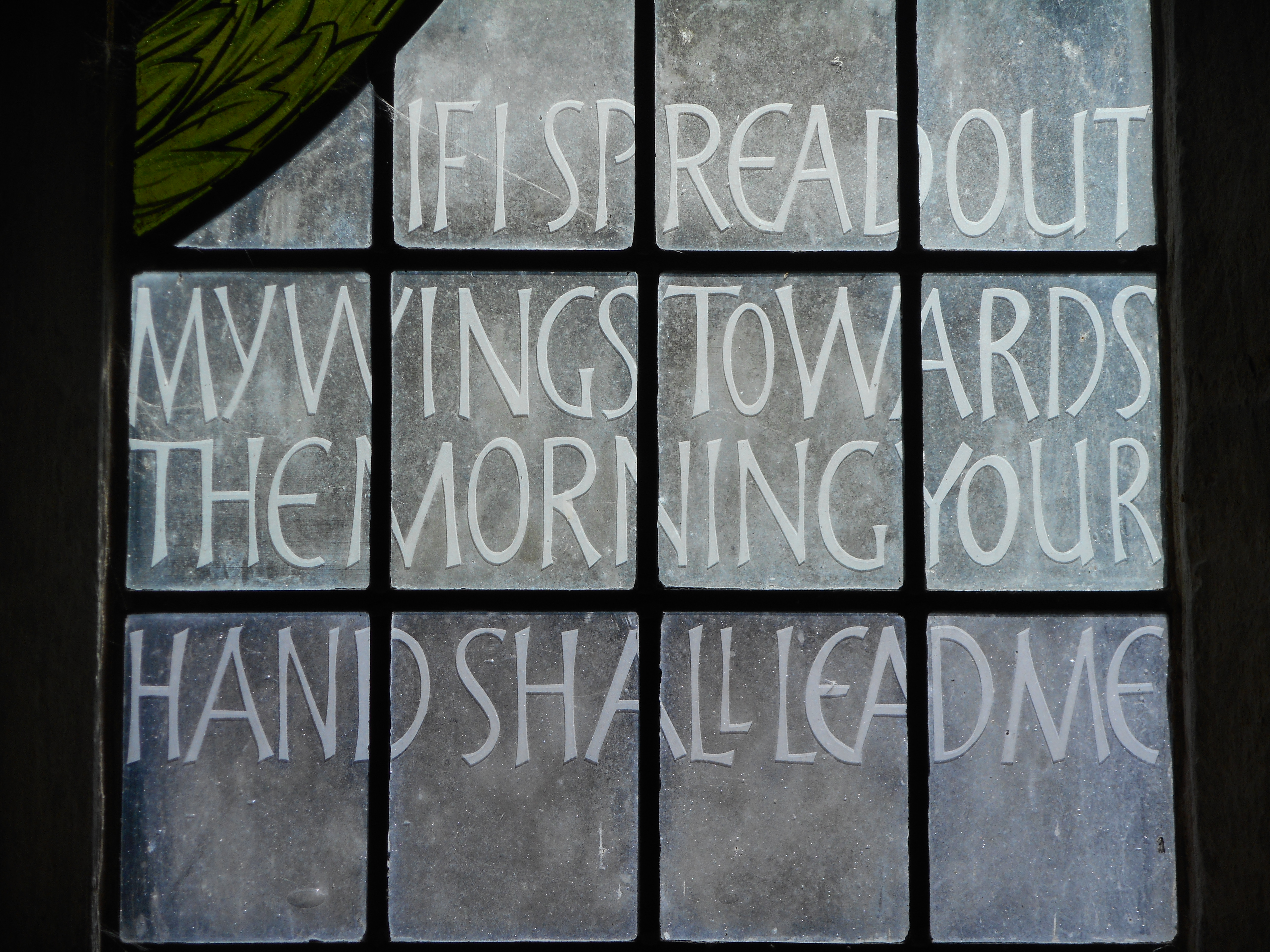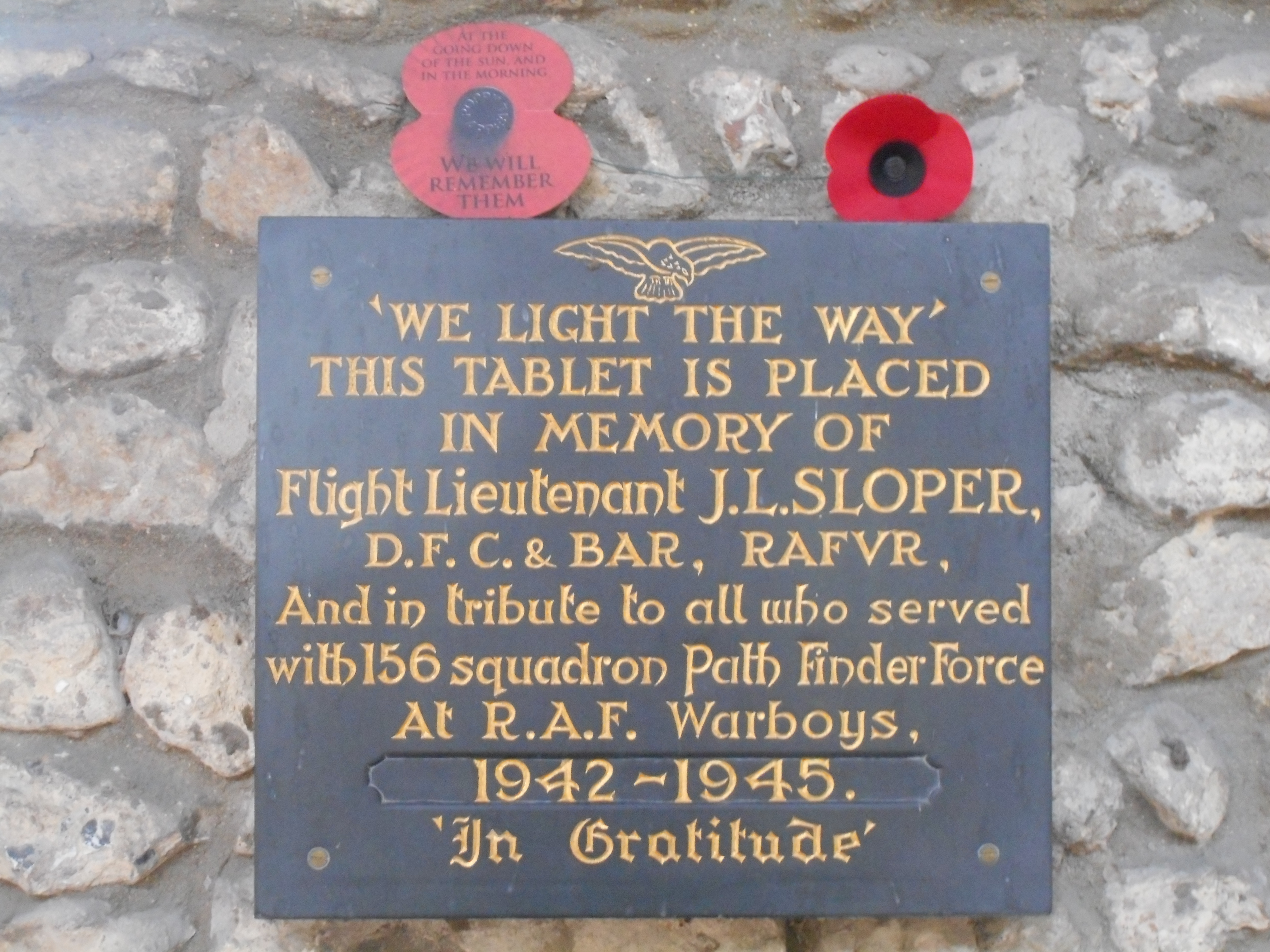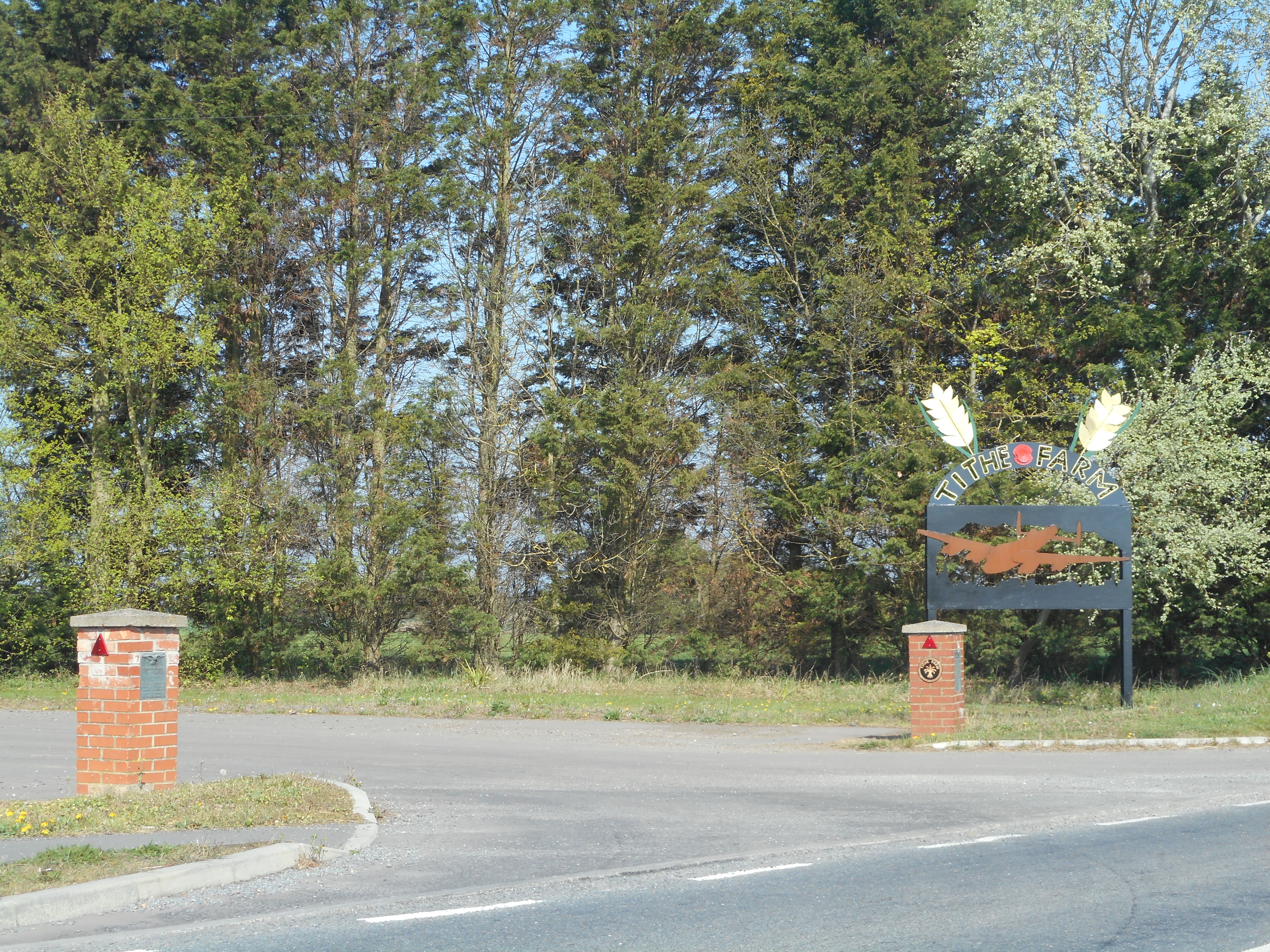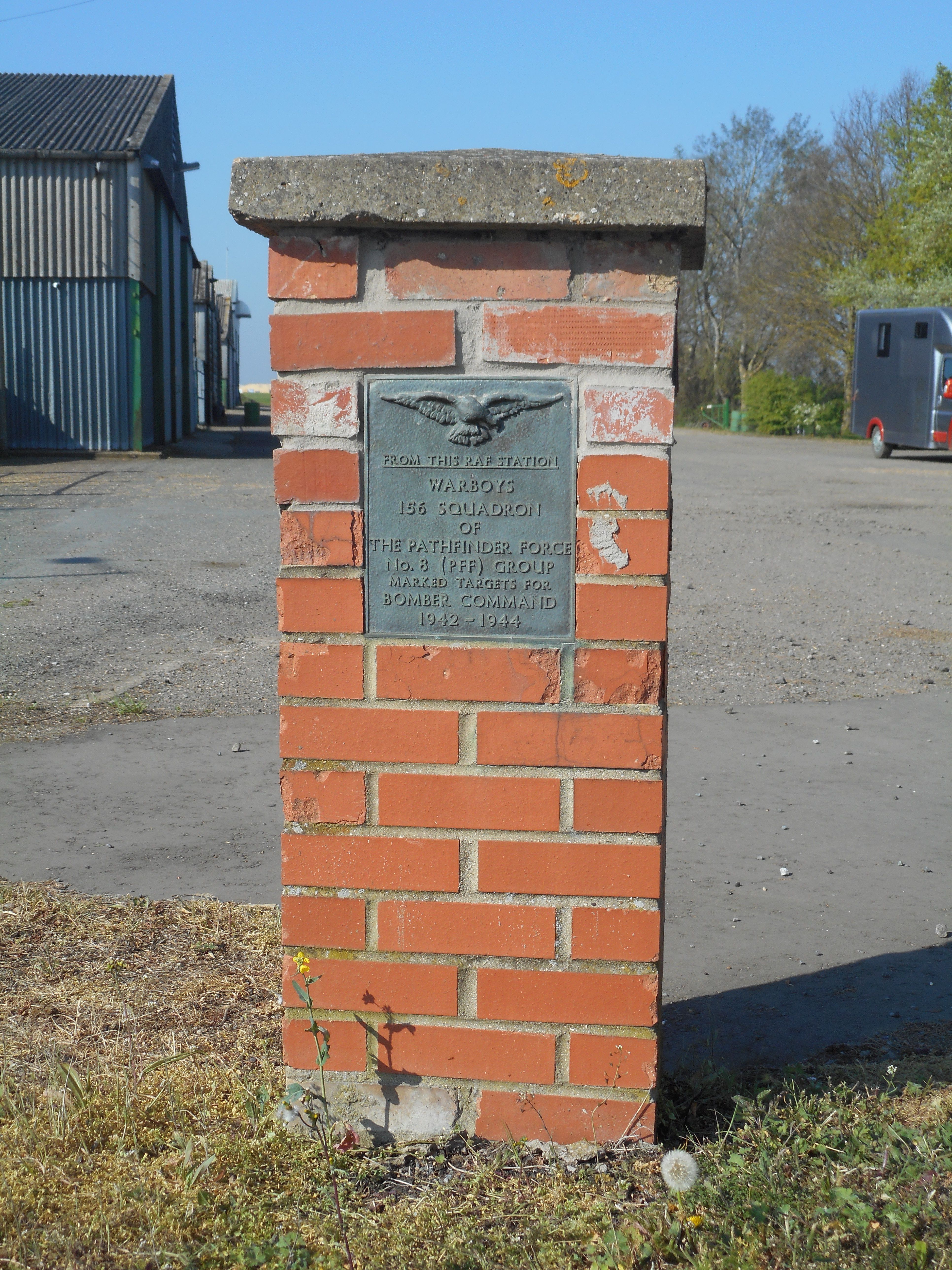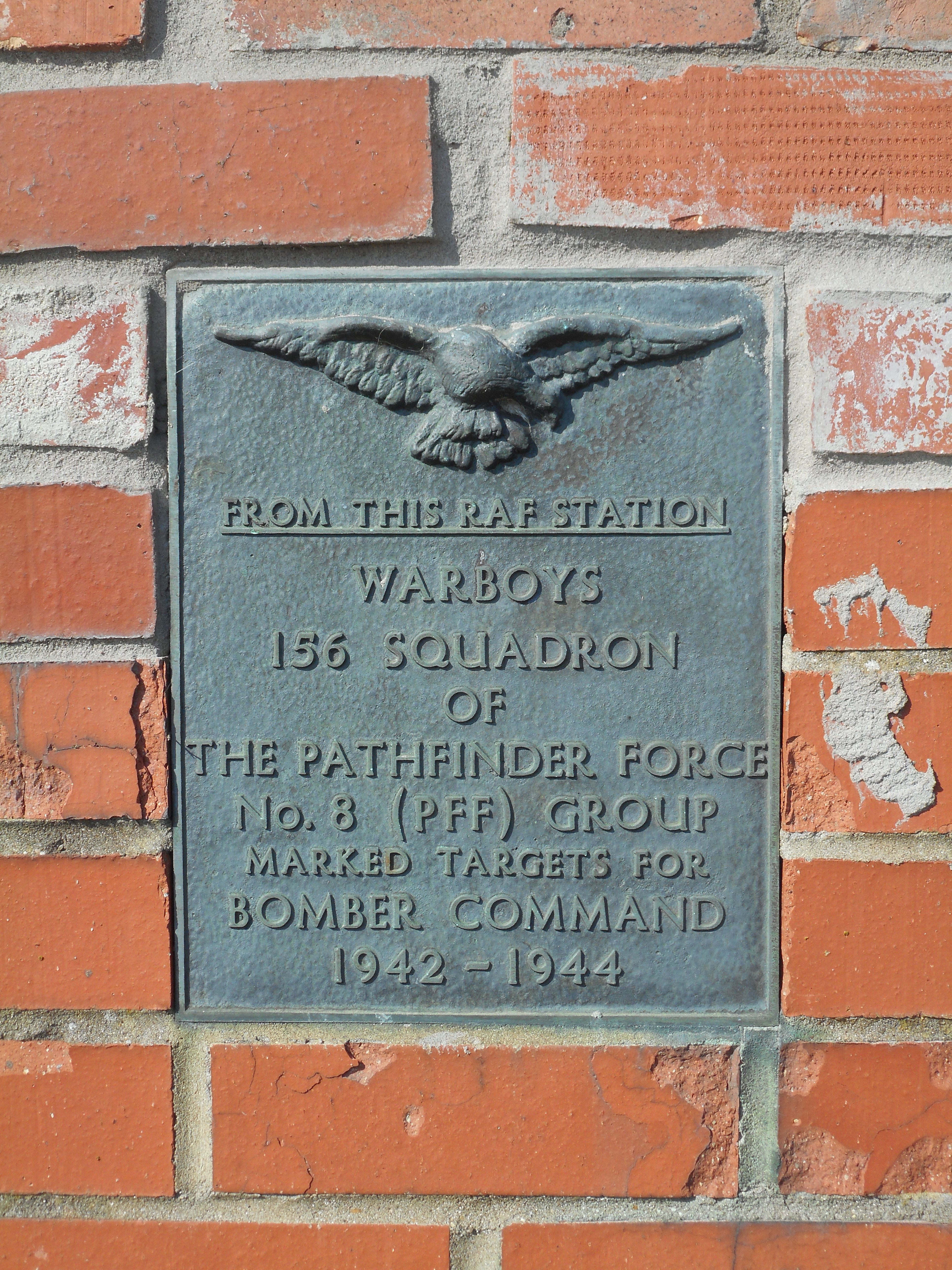Woodburn, James Michael
Personal Information
| Rank | P/O |
| Forename(s) | James Michael |
| Surname | Woodburn |
| Gender | M |
| Age | 24 |
| Date of Death | 24-02-1944 |
| Next of Kin | Son of John and Winifred Woodburn, of Kimmage, Dublin, Irish Republic. |
Aircraft Information
| Aircraft | Avro Lancaster III |
| Serial Number | JB721 |
| Markings | GT-F |
Memorial Information
| Burial/Memorial Country | France |
| Burial/Memorial Place | Briey Communal Cemetery |
| Grave Reference | Grave 323. |
| Epitaph | TOO DEARLY LOVED TO BE FORGOTTEN. BROKEN-HEARTED MUM AND DAD |
IBCC Memorial Information
| Phase | 2 |
| Panel Number | 268 |
Enlistment Information
| Service Number | 172563 |
| Service | Royal Air Force Volunteer Reserve |
| Group | 8 |
| Squadron | 156 |
| Squadron Motto | We light the way |
| Trade | Air Gunner |
| Country of Origin | Eire |
Other Memorials
| Location | St. Mary Magdalene Church, Warboys, Cambridgeshire |
| Country | United Kingdom |
| Memorial Type | Stained Glass Window & Inscribed Slate Tablet |
| Memorial Text | We light the way" This tablet is placed in memory of Flight Lieutenant JL Sloper DFC and Bar, RAFVR. And in tribute to all who served with 156 Squadron Path Finders Force at RAF Warboys, 1942-1945, In gratitude. |
| Location | Tithe Farm, Warboys, Cambridgeshire |
| Country | United Kingdom |
| Memorial Type | Brick Pillars and inscribed Metal Plaques |
| Memorial Text | From this RAF Station Warboys 156 squadrons No 8 (PFF) group, marked targets for Bomber Command 1942-1944 |
Commonwealth War Graves Commission
The National Archives
| Record of Events (Operational Record Book) AIR 27/1042/4 |
| Summary of Events (Operational Record Book) AIR 27/1042/3 |
Fellow Servicemen
Please note that this list gives all the losses aboard the quoted aircraft and occasionally these may have occurred on an earlier date when the aircraft was not itself lost. Please check the dates of death carefully.
Last Operation Information
| Start Date | 24-02-1944 |
| End Date | 25-02-1944 |
| Takeoff Station | Warboys |
| Day/Night Raid | Night (1% moon) |
| Operation | Schweinfurt- the first raid on this particular target (the centre of ball-bearing manufacture in Germany). 734 aircraft, 33 losses (4.5%). A new tactic was introduced where the bomber force was split into two waves separated by two hours. The first wave Lost 22 aircraft (5.6%) but the second Lost only 11 (3.2%) of which only 4 were shot down. Poor PFF target marking led to local reports quoting 'nominal damage'. Note that there had been a raid comprising 266 8th Air Force B-17s the night before so it is difficult to attribute damage levels. |
| Reason for Loss | Believed to have exploded and crashed between Briey and Abbeville les Conflans |
